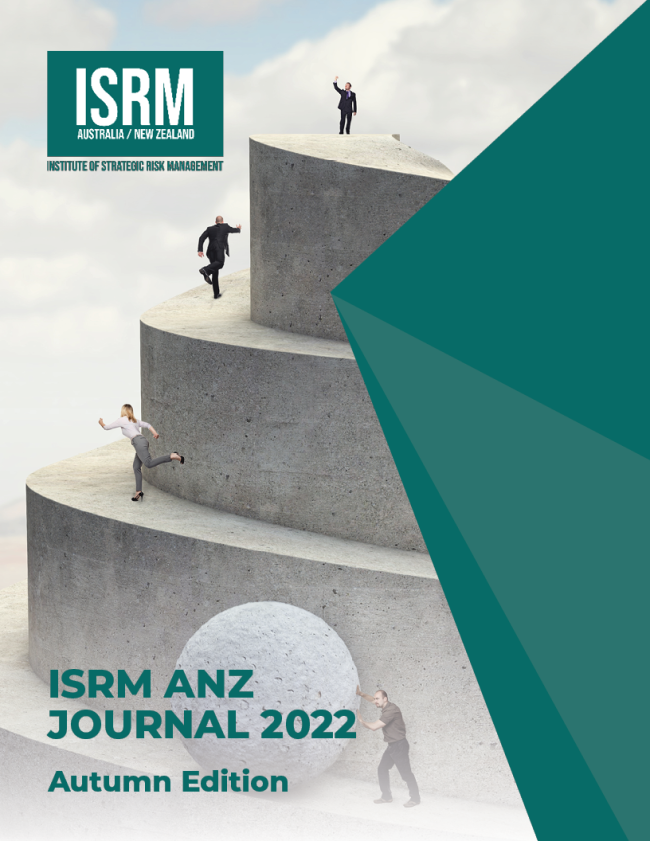Whether an organisation is public or private, profit-making or non-profit, government or military, it has a mission to deliver value to stakeholders and customers. The persistent disruptions to our critical infrastructure delivering electricity, water, healthcare, and public safety are intensifying threats to our economic and national security. The ongoing risk and disruption when things go wrong is no longer sustainable nor desirable.
The world has changed around us into a default operating paradigm that is volatile, uncertain, complex, and ambiguous (VUCA)1. Traditional approaches to problem solving and organisational performance tend to focus on highly structured and linear methodologies which may work well when we have levels of certainty, control, and influence, but seem harder and harder to capitalise on, or even simply perform, when disruption occurs.
The journey to a presilience-based, high-performance model involves new ways of thinking and problem-solving. Presilience is defined as the ability to achieve our mission with people, process, and technology underpinned by situational awareness and risk intelligence. The goal of presilience is to enable an organisation not only to survive continued disruption and chaos but adapt to change, thrive, learn, and grow. It also goes without saying that the best time to be preparing for challenges is not during the challenge but during business as usual (BAU). As such, the concept of presilience centric organisation capitalises on high performance during business as usual too. The promise and practice of presilience is one that equips us to cope with the reality of a digital world, where the intersection of cyber and physical domains converge and cannot be tamed by conventional linear approaches and old-fashioned management theories.
The journey to a presilience-based, highperformance model involves new ways of thinking and problem-solving. Presilience is defined as the ability to achieve our mission with people, process, and technology underpinned by situational awareness and risk intelligence.
The ability to achieve robust and consistent high performance as individuals, teams, and organisations, to support and maintain our collective societal ecosystem, is no simple thing. Billions of dollars and countless hours have been spent on innumerable secrets to success. After many bouts of trial and error, failures and successes, and practical application of risk management, resilience, working with humans and being human ourselves, the idea for a way to bring these concepts and theories together materialised as the ‘presilience journey’. The journey itself consist of the following three unifying critical success factors, as primary drivers to positive outcomes:
1Compliance – conformance to a set of criteria that we are obligated to perform or choose to perform because it is the right thing to do, or we are legally bound to do so.
2Resilience – preparing and implementing the things we need to survive a disruption or crisis and continue to operate either in a degraded, business-as-usual, or optimal state. The idea of resilience is centred on toughness and the ability to overcome disruption as quickly as possible and return to a BAU state as quickly as possible.
3 Presilience – the capability to adapt, proactively prevent bad outcomes, and opportunistically use what we learn to grow and thrive even as the landscape in which we attempt to manage or control continues to test our human, technological and operational limits.
To continue reading, download your copy today.
Complete your details below to download a copy of the journal


